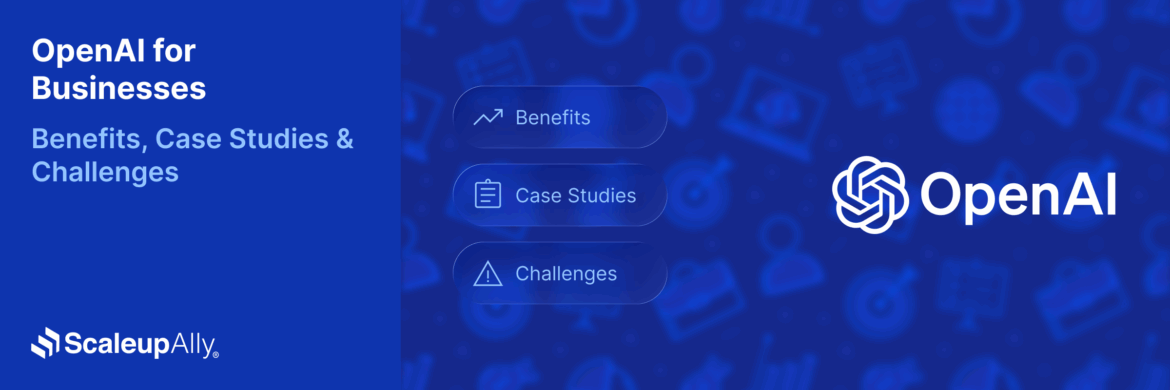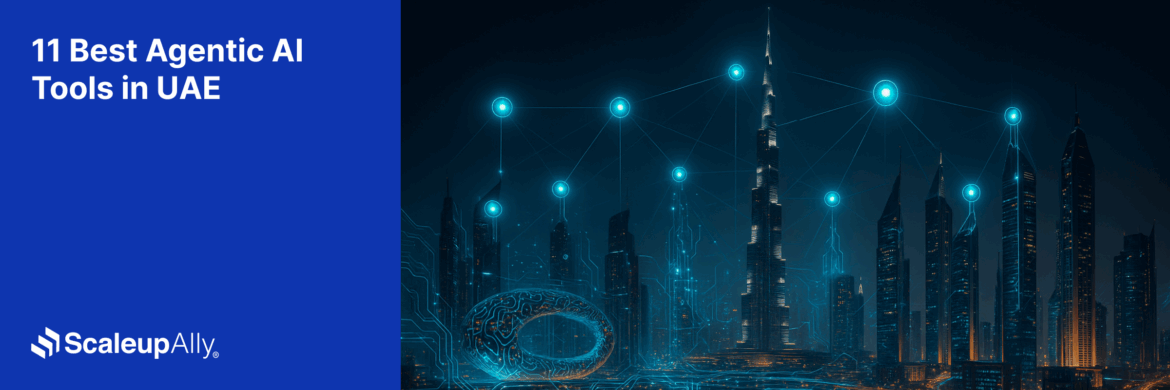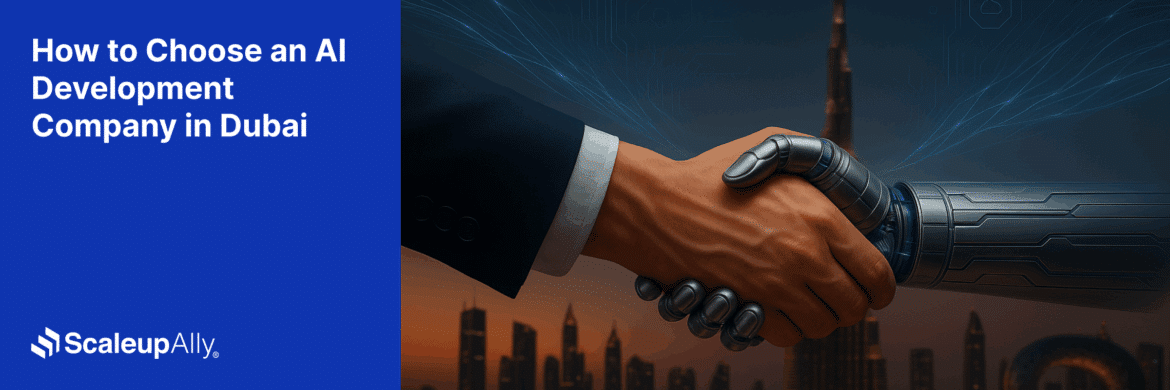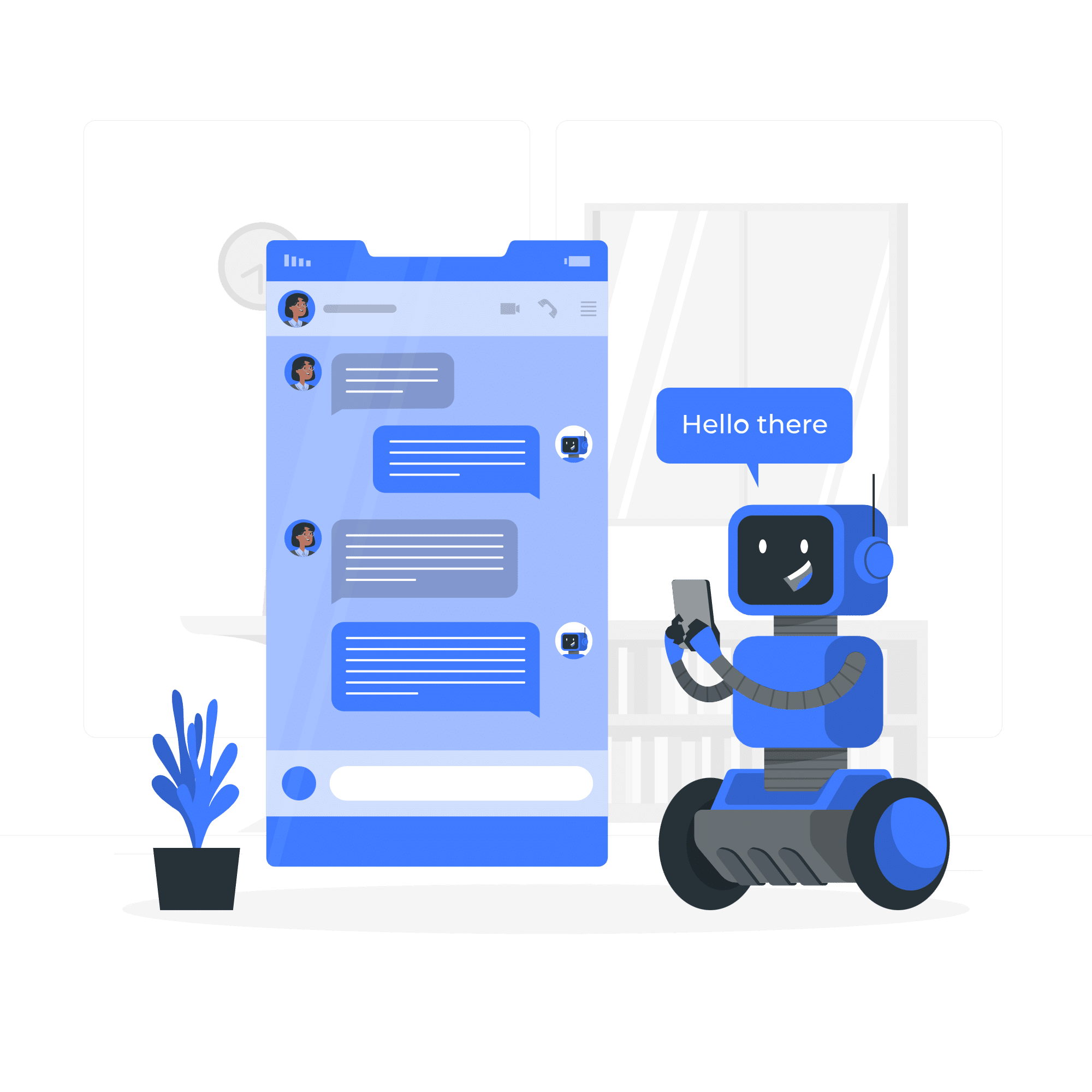
Generative AI in Insurance: Top Use Cases and Challenges
Manu Jain | February 28, 2024 , 11 min read
Table Of Content
The insurance industry has been slow to embrace digital transformation, often lagging behind other industries in adopting emerging technologies. However, this reputation can potentially change with the advent of enterprise-grade generative AI solutions. Large language models (LLMs) are helping insurance companies reconsider how they underwrite, sell, and service complex products.
Generative AI can efficiently gather and condense vast data, improving decision-making, especially for traditionally complex products such as life and disability insurance and annuities.
LLMs benefit consumers, agents, and customer service representatives by answering complex questions, managing conversations, reducing underwriting time and cost, mitigating risk, and enhancing customer satisfaction. In summary, generative AI can deliver significant advantages to the insurance industry.
The initial essential step in realizing these transformational benefits is identifying high-value use cases that can quickly and significantly impact your company.
This article aims to help you with that.
Key Takeaways
- Generative AI automates claims processing, reducing time, cost, and operational complexity for insurers.
- AI-driven insights support product development by analyzing customer feedback and emerging market trends efficiently.
- Regulatory compliance is strengthened as generative AI identifies gaps in policies, processes, and documentation.
- Customer service is enhanced with AI-powered chatbots providing personalized guidance and support across interactions.
- Risk prediction and prevention improve through AI analysis of historical data, environmental patterns, and customer profiles.
Benefits of Using Gen AI in Insurance
Using Generative Artificial Intelligence (Gen AI) in insurance offers several benefits, including:
1. Claims Processing Automation
Generative AI can automate claims processing, reducing the time and effort required to settle claims. Generative AI can be used to review claims documents and process payments. The AI verifies claim details against policy terms and initiates payment to the policyholder, streamlining the claims process.
2. Product Development
Generative AI can assist in product development by analyzing customer feedback and market trends to identify areas for improvement or new product opportunities. This is done by generative AI analyzing customer feedback on existing insurance products. The AI identifies common complaints or suggestions for improvement, helping the insurer develop new products that better meet customer needs.
3. Regulatory Compliance
Consider an insurance company using generative AI to review its policies and procedures for compliance with regulatory requirements. The AI flags any areas of non-compliance, allowing the insurer to take corrective action before facing penalties. Generative AI can ensure regulatory compliance by analyzing policies and procedures to identify areas lacking compliance.
While generative AI delivers automation and insights, insurance companies need a reliable tech stack to implement it effectively. That’s where our BFSI IT Services & Solutions come in—designed to modernize and scale your insurance IT infrastructure for future-ready transformation.
Use Cases of Generative AI in Insurance
Generative AI can be applied in various ways in the insurance industry to streamline operations, enhance customer experiences, and improve risk management. Some key use cases include:
1. Customer Service and Support
A policyholder has a question about their coverage. Generative AI powers a chatbot that provides personalized assistance, answering questions about policy details, claims, and coverage options. The chatbot can also help customers file claims and track their status.
2. Policy Recommendations
A customer is looking to purchase life insurance. Generative AI analyzes the customer’s financial situation, family history, and future goals to recommend a suitable life insurance policy. To make personalized recommendations, the AI considers factors such as the customer’s age, income, and health status.
3. Risk Prediction and Prevention:
An insurance company wants to mitigate the risk of property damage due to natural disasters. Generative AI analyzes weather patterns, geographical data, and historical claims data to predict areas at high risk of such disasters. The company can adjust insurance premiums or offer preventive measures to policyholders in high-risk areas based on these predictions.
4. Customer Retention and Loyalty:
A policyholder’s policy is up for renewal. Generative AI analyzes the customer’s history, claims, and interactions with the insurance company to offer personalized discounts or incentives to renew their policy. The AI can also proactively contact customers to remind them of upcoming renewals and offer assistance with the renewal process.
Challenges of Implementing Gen AI in Insurance
Implementing Generative Artificial Intelligence (Gen AI) in the insurance industry comes with several challenges, including:
1. Data Quality and Availability
Gen AI relies heavily on data; ensuring data quality, relevance, and availability can be challenging. Insurers may face issues with incomplete or inaccurate data, data silos, and data privacy concerns.
2. Regulatory Compliance
The insurance industry is heavily regulated, and implementing Gen AI solutions requires compliance with various regulatory requirements, such as data protection laws, privacy regulations, and industry standards.
3. Interpretability and Transparency
Gen AI models can be complex and difficult to interpret, leading to challenges in explaining decisions to regulators, customers, and other stakeholders. Ensuring transparency and accountability in Gen AI algorithms is crucial for gaining trust and acceptance.
4. Integration with Legacy Systems
Many insurance companies operate on legacy systems that may not be compatible with Gen AI technologies. Integrating Gen AI solutions with existing systems and processes can be complex and time-consuming.
5. Ethical and Bias Issues
Gen AI models can inherit biases in the data used to train them, leading to biased decisions and outcomes. Ensuring fairness and ethical use of Gen AI in insurance is a significant challenge that requires careful attention.
6. Security Risks
Gen AI systems can be vulnerable to security threats like data breaches, hacking, and malicious attacks. Insurers must implement security measures to protect sensitive data and Gen AI models.
7. Skill Gap and Training
Implementing Gen AI requires specialized skills and expertise, which may be lacking in the insurance industry. Insurers must invest in training and development to build capabilities in Gen AI technologies.
8. Cost and ROI
Implementing Gen AI solutions can be costly, requiring technology, infrastructure, and talent investment. Insurers need to carefully evaluate the cost-benefit ratio and ensure that the implementation of Gen AI delivers measurable ROI.
The Future of Generative AI in Insurance
The future of Generative AI in insurance looks promising, with potential advancements in several key areas:
1. Risk Assessment
Generative AI will enable insurers to assess risks more accurately and in real-time. For instance, AI algorithms will continuously analyze data from IoT devices, such as smart home sensors, to assess the risk of property damage and adjust insurance premiums accordingly.
2. Customized Insurance Products
Insurance companies will use generative AI to develop highly customized insurance products tailored to individual customer needs. For example, AI algorithms will analyze a customer’s lifestyle, health data, and other factors to offer a personalized insurance plan that provides the right coverage at the right price.
3. Data-Driven Decision Making
Insurers will rely heavily on generative AI to make data-driven decisions. For instance, AI algorithms will analyze vast amounts of data to identify emerging risks and opportunities, helping insurers stay ahead of the curve.
4. Integration with Emerging Technologies
Generative AI will be integrated with other emerging technologies, such as blockchain and augmented reality, to offer innovative insurance solutions. For example, blockchain can be used to create transparent and secure insurance contracts, while augmented reality can be used to assess property damage remotely.
Conclusion
Generative AI, while skilled at identifying risks missed by humans, introduces its inherent risks. These include intellectual property concerns, potential damage to corporate reputation, biases, and information security vulnerabilities.
Insurers must proactively implement accountability measures, control procedures, and compliance frameworks to mitigate these risks. Upholding ethical and nondiscriminatory standards in Generative AI models requires incorporating responsible AI methods, highlighting the essential role of human oversight in the process.
Contact us at ScaleupAlly and discuss how you can leverage the power of Generative AI services for your insurance company.
Frequently Asked Questions (FAQs)
Q: What is Generative Artificial Intelligence (AI) in the context of insurance?
Generative AI refers to AI technologies that can generate new content, such as text, images, or audio, based on patterns and data inputs. In insurance, Generative AI can be used to create personalized insurance products, automate underwriting processes, and enhance customer interactions.
Q: How is Generative AI used in insurance underwriting?
Generative AI can analyze vast amounts of data, including customer information, medical records, and risk factors, to automate the underwriting process and make more accurate risk assessments. This can lead to faster decision-making and improved risk management.
Q: Can Generative AI help detect insurance fraud?
Yes, Generative AI can detect insurance fraud by analyzing patterns in insurance claims data to identify potentially fraudulent activities, such as multiple claims for the same event or suspicious claim patterns. This can help insurers reduce fraud losses and improve risk management.
Similar Articles Around Generative AI
Related Blogs

OpenAI for Businesses [Benefits, Use Cases & Challenges]
Discover the benefits of OpenAI for businesses. From reducing costs to scaling operations and enriching customer experiences. Real-world use cases included.
ScaleupAlly Team
Dec 16 ,
11 min read

Best 11 Agentic AI Tools in UAE: Accelerating Digital Transformation
Discover the top 11 agentic AI tools in UAE for 2025. Explore features, benefits, and tips to choose the right AI tool for your business growth.
Manu Jain
Nov 6 ,
9 min read

How to Choose an AI Development Company in Dubai: A Complete Guide
Find out how to choose the right AI development company in Dubai. Learn key factors, local considerations, and tips to select the best partner.
Manu Jain
Nov 6 ,
9 min read




